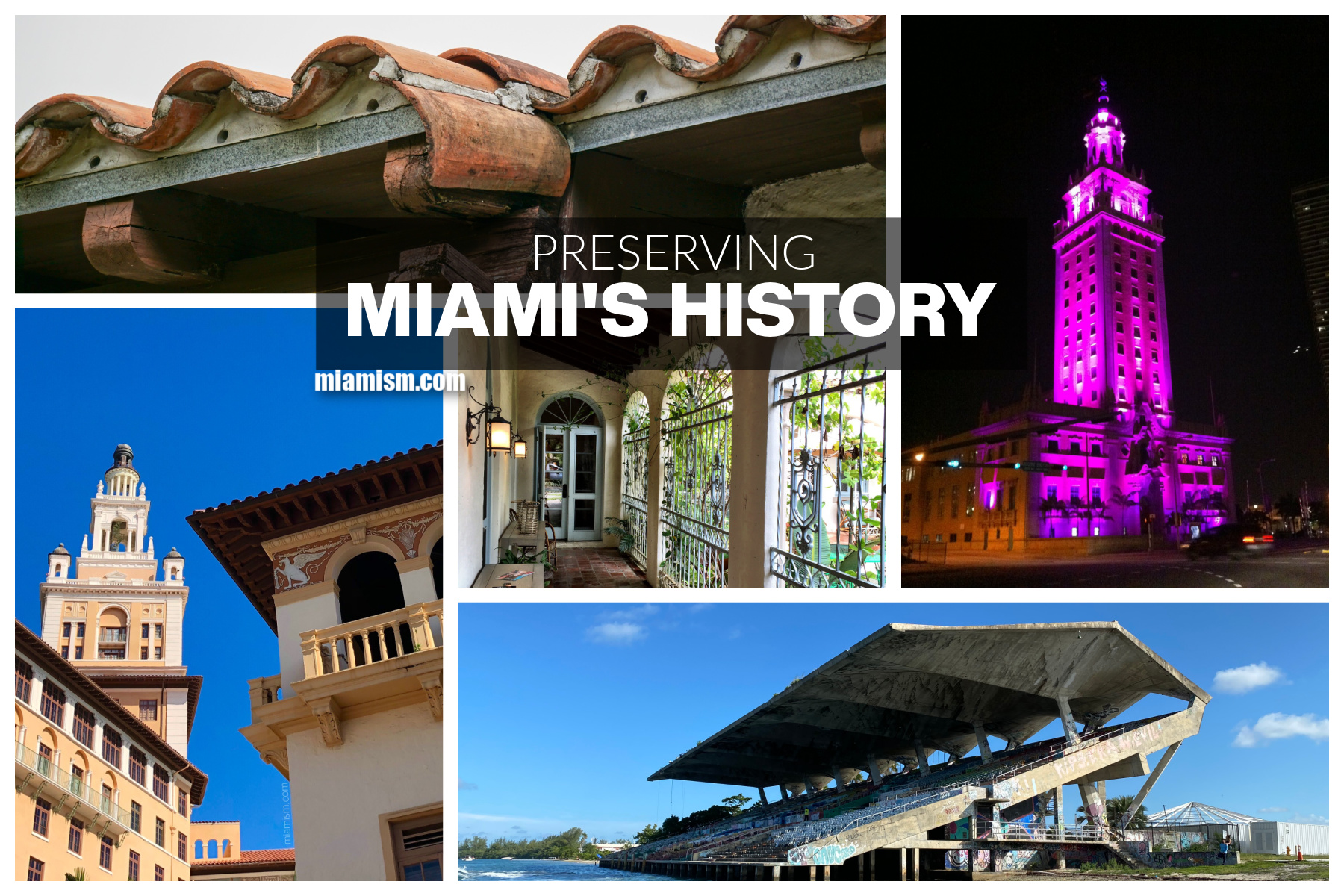
Does Preserving Miami’s Historic Real Estate Really Pay Off?
Yes. Preserving Miami’s historic homes and districts isn’t just about nostalgia, it’s a smart economic, environmental, and cultural strategy. It increases property values, promotes sustainable development, strengthens community ties, and protects the soul of Miami’s identity. The challenge is finding the balance between progress and preservation in a city that’s constantly reinventing itself.
Miami’s beauty goes far beyond beaches and nightlife. The city’s personality lives in its neighborhoods like Coral Gables, Coconut Grove, Morningside, and Miami Shores, each a living record of Miami’s story. But drive through South Florida today and you’ll see a growing trend of architectural gems replaced by stark white boxes.
Don’t get me wrong, many of those modern homes are stunning. But the question remains: do they need to replace history, or can they coexist alongside it?
This isn’t a rant, just a reminder. Homeowners have every right to decide what’s best for their property, but there’s also a community responsibility to protect what makes our neighborhoods unique. When we lose that context, we lose the character that gives Miami its charm and its value.
Boosting Property Values Through Preservation
Historic preservation has a proven track record of increasing home values in neighborhoods with strong architectural character.
Take Coral Gables, Coconut Grove, and Morningside, for example. Thanks to preservation guidelines and design standards, these areas have maintained their distinct charm, and that’s directly reflected in their appreciation rates.
Look at the Art Deco District in Miami Beach, one of the best case studies worldwide. Its strict preservation laws didn’t limit growth, they fueled an entire tourism economy. That pastel skyline is not just beautiful, it’s profitable.
Encouraging Sustainable Development
Preservation is sustainability at its best. Refurbishing existing structures minimizes waste, conserves materials, and reduces environmental impact.
Restoring old buildings keeps tons of debris out of landfills and saves the energy that would have been used to manufacture and transport new materials.
Modern preservation also incorporates energy-efficient upgrades while respecting historical integrity. Reusing old materials, refinishing doors, reapplying plaster, and salvaging tiles is the definition of sustainability that works for both planet and people.
Building Stronger Communities
Historic districts often reflect a deeper sense of pride and belonging. Neighbors rally around a shared goal of preserving the look and feel of their community.
But here’s the problem, when that shared goal fades, preservation becomes almost impossible. Without a sense of identity and continuity, neighborhoods lose their voice.
This raises a real question for city leadership. Should our communities offer more incentives for restoration, or have we made it too easy to demolish and rebuild?
Preservation isn’t about restriction, it’s about protection. Proper zoning and guidelines prevent developments that would compromise a neighborhood’s livability and character. When done right, preservation attracts investors who see long-term value, improves quality of life, and enhances civic pride.
Preserving Miami’s Architectural Heritage: Challenges and Successes
It’s disheartening to watch neighborhoods like Miami Shores or areas along the Biscayne Corridor lose their architectural identity. Every time a mid-century gem or Mediterranean Revival masterpiece is replaced by another modern box, we erase part of Miami’s cultural DNA.
Yet there are powerful success stories that prove the opposite.
The Freedom Tower, now a museum and cultural hub, has revitalized its surrounding area. In Morningside, preserving its mix of Mediterranean Revival, Art Deco, and Mid-Century Modern homes has strengthened property values and enhanced community appeal.
These examples make one thing clear: protecting our architectural heritage isn’t just about sentiment, it’s good business. Preservation drives tourism, supports local economies, and enriches the cultural fabric that makes Miami one of a kind.
FAQ: Historic Preservation in Miami
Does preservation limit growth?
No. It guides growth in a way that maintains character and economic value while allowing for innovation and renewal.
Is restoring a historic home more expensive than rebuilding?
Sometimes upfront, yes, but the long-term returns through appreciation, desirability, and reduced turnover often outweigh the cost.
Why should homeowners care about architectural preservation?
Because maintaining neighborhood character enhances both community pride and financial value. Preservation is an investment that benefits everyone.
Let’s Stand Up for Miami’s Past and Future
Preserving Miami’s history isn’t just about the past, it’s about building a future that still feels like home.
As Miami evolves, we need to make sure progress doesn’t come at the expense of identity. The city’s architectural tapestry tells a story worth protecting, one that gives our communities authenticity, warmth, and value.
Let’s not trade soul for square footage. Let’s build with intention, not erasure.
If you’re passionate about preserving Miami’s history or want to buy or sell a home in one of its architecturally rich neighborhoods, we’d love to guide you through it.
Contact us and let’s make sure Miami’s future still honors its past.
